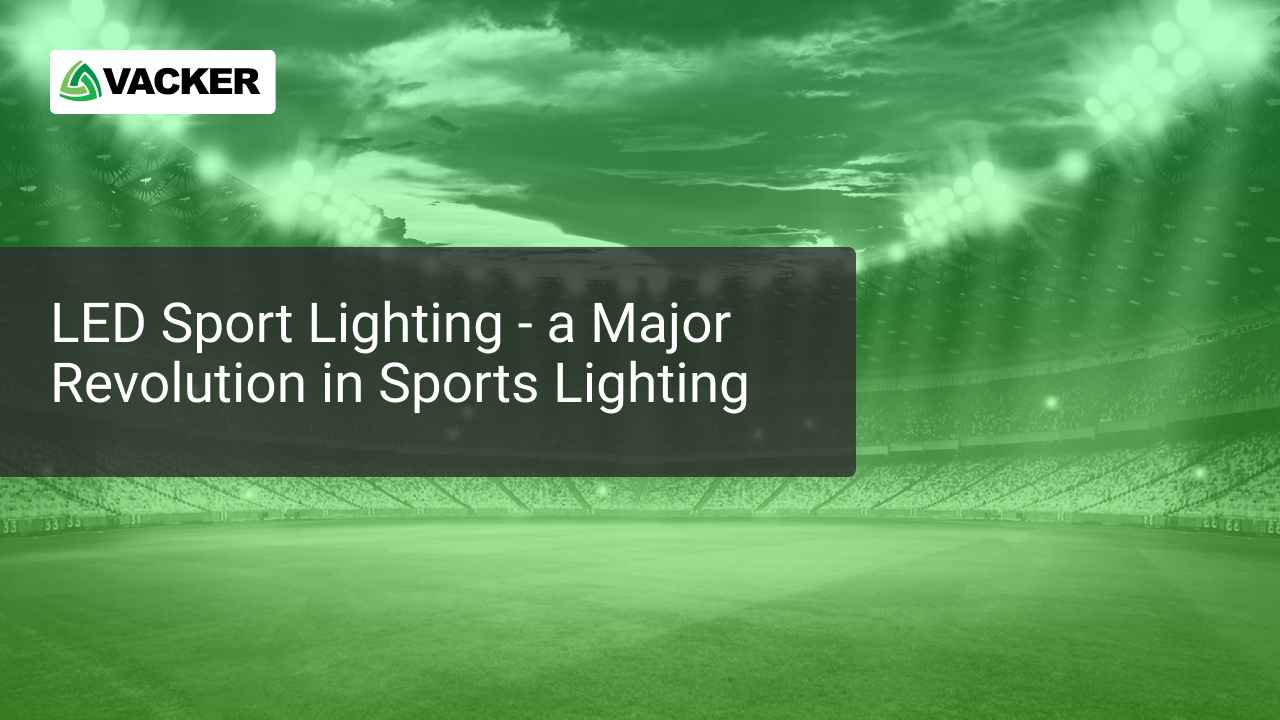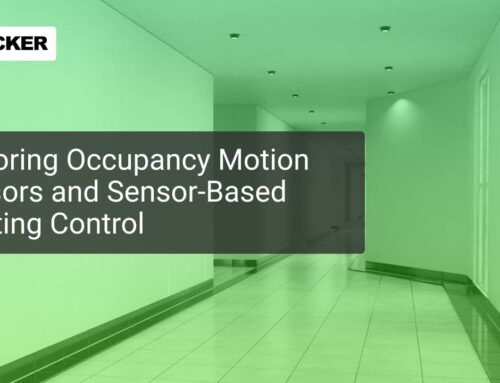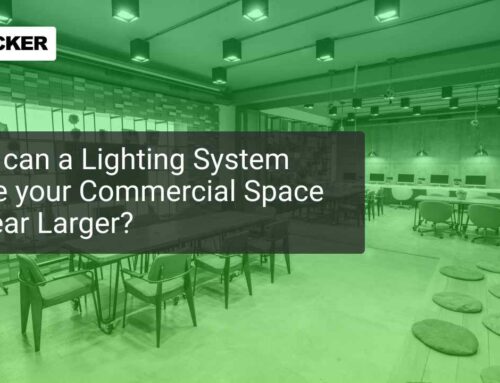Large areas are illuminated for sporting events using sport lighting. When a game is being played indoors or in a closed space after sunset, artificial lighting is necessary. The goal of sports lighting is to illuminate the playing surface enough to provide excellent vision for both players and spectators.
Design estimates for sports lighting include types of lights to be utilized, the number of poles, the array of luminaires, lux distribution, etc. For both players and spectators as well as for television transmission, the lighting should be conducive to comfort and aesthetic appeal. Therefore, the design must satisfy each of these needs.
Conventional light sources have been replaced by Sport light LED because of their low energy usage, extended lifespan, and low maintenance requirements. Minimizing energy consumption is a top priority, especially for sporting facilities that require a lot of energy.
The amount of illumination needed for such sport depends on the size and pace of the playthings. For instance, due to the quick pace of play, the small ball size, and the increased viewing distance, a cricket pitch needs a greater illumination intensity.
However, since the movement is slower, the ball is larger, and the play area is rectangular and smaller, a football field requires a lower light intensity.
Any indoor or outdoor sporting facility must have a well-designed lighting system due to the strict uniformity and light level requirements. According to internal standards, the need for light quality and consistency on sports grounds hosting broadcast events is quite high.
Introduction of Sport Light LED
Installations of high masts outside should require less maintenance and be simple to accomplish. As a result, when compared to other light sources over the years, LED lighting has held the top spot.
The introduction of LED luminaires has increased the lighting industry’s potential, which includes sports illumination. Major benefits of Sport light LED over various types of traditional metal halide lighting include:
- Simple dimming to decrease illumination levels, monitoring of individual luminaires, and scene creation utilizing DALI/DMX protocols
- Environment-friendly
- More efficiency
- Accurate optics
- A longer lifespan results in lower maintenance expenses
- Lower loss of lumens
- LEDs are quickly establishing themselves as a competitive alternative to traditional luminaires because of ongoing improvements in lumen efficacy and price reductions.
The EN12193 lighting standard is the one that is most frequently used for sports lighting in Europe. Additionally, several national and international standards apply to all sports.
Other than that, international sports authorities and sports organizations like FIFA and the ITF have their own globally recognized standards that are frequently utilized for matches at the national and international levels.
Factors depending in Sport Lighting
A key consideration in the design of sports lighting is the amount of uniformity of illumination throughout the field. Too much variation in illumination levels throughout the field will cause players’ eyes to get uncomfortable.
The impact of this will also be felt by viewers and television cameras. Both the minimum-to-average and minimum-to-maximum illumination levels are used to measure homogeneity.
Energy consumption is quite high since a great deal of light is needed, especially for televised and international-level matches. The selected luminaire design and optic must be adequate to maximize the amount and energy of the luminaires.
With the right planning, we can maximize the number of luminaires and, in the case of outdoor installations, masts, while minimizing the energy used. For this high level of precision computation, appropriate, trustworthy third-party software should be employed.
VackerGlobal provides lighting design consulting services to clients worldwide. For more details, reach us at lighting.vackerglobal.com





Leave A Comment